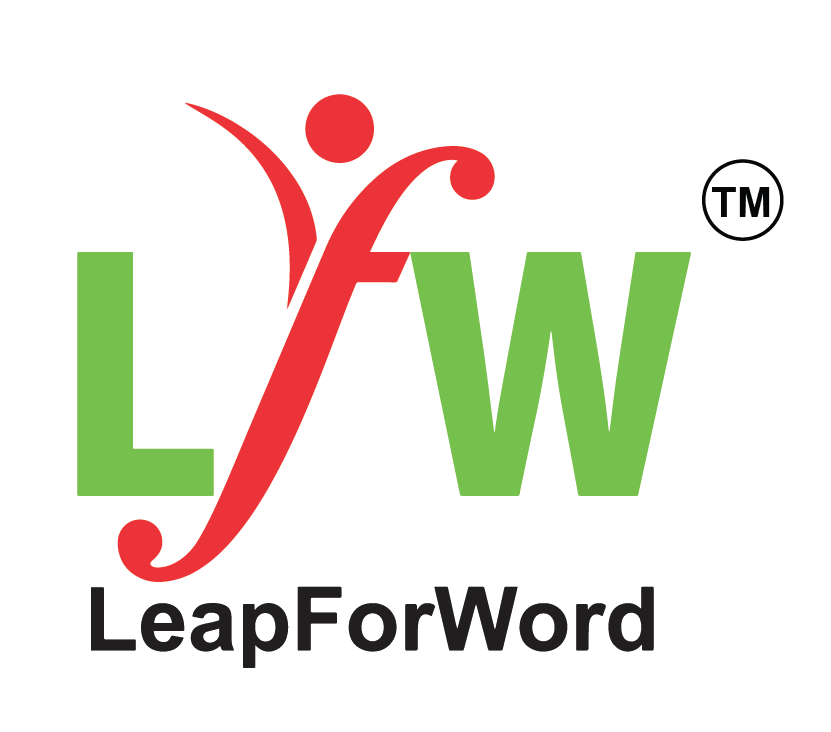Our Impact

Percent of teachers whose class can read more than 75% of the relevant words.

Percent of teachers whose class can spell more than 75% of the relevant words.

What puts a smile on our face is the positive impact on the lives of the teachers and students.
Impact Stories
Download some impact reports
Nashik Ashram School
13 Ashram schools in the Nashik PO, were identified for deployment of the English Literacy Program. This was a “Train the Teacher” program. 25 teachers across the 13 Ashram schools were trained to deliver the first 2 learning levels to their respective students.
English Literate Maval
A 3-year funded project to demonstrate how ELP can be diffused in a large geography amongst govt. school teachers in a voluntary fashion. The objective is to make 50% of all govt. school teachers in Maval Taluka to start teaching English using our techniques.
English Literate Joyda
Joyda a Village in Shirpur to become the first English Literate village of India. The project ensures that every child in Joyada is able to Read, Write, Comprehend & Structure Grammatically Correct Sentences (Elementary Complexity) in a 3 year period (2016 – 2019)
